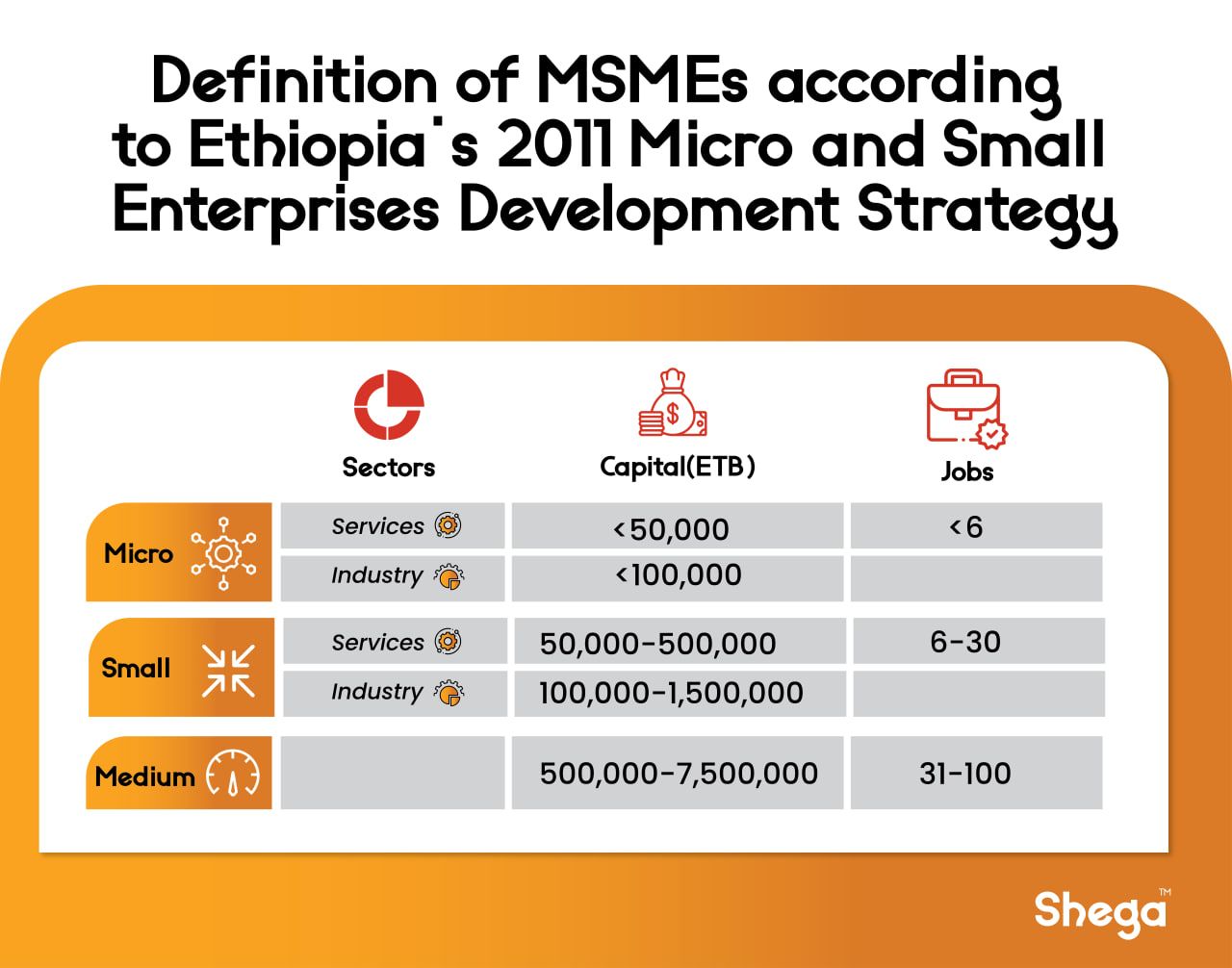Progress for 0 ad
Progress for 1 ad
Progress for 2 ad
Progress for 3 ad


Sam Rosmarin
Addis Ababa, Ethiopia

Across Africa, small businesses are everywhere. Ethiopia alone has more than 1.5 million registered firms. Yet few ever grow to a medium size. Most remain tiny, informal, and undercapitalized.
This has long been described as a "missing middle." Small firms are too big for microfinance but too risky for commercial banks. Yet the deeper problem is the "missing top." Africa has very few large processors, exporters, and manufacturers that can serve as anchors for entire industries.
An anchor firm is a large company with strong market power, resources, and established networks that serve as a hub for other firms. Anchor firms, processors, exporters, and manufacturers create the markets, standards, and offtake contracts that allow small businesses to grow in their orbit. When anchors are in place, SMEs have somewhere to sell, banks have confidence to lend, and investors can see an industry rather than a collection of pilots.
In Ethiopia, for example, anchor firms such as Heineken or East African Holding often partner with hundreds of local suppliers and smallholder farmers. Through these partnerships, smaller enterprises benefit from the firms’ guaranteed demand, technical assistance, and access to inputs, training, and stable markets, enabling them to improve productivity and participate more effectively in national value chains.
Without anchor firms, economies stay fragmented, and financial initiatives that focus on the 'missing middle' are misguided. Instead of pouring money into trying to scale thousands of microenterprises, we should focus on building anchors at scale from the outset.
I have seen this pattern across my work in Ethiopia and the region, from building consumer goods companies to developing agroforestry enterprises and setting up climate-aligned investment funds.
In every case, the constraint is not demand or entrepreneurial energy, but the financing model. Banks extend credit mainly against collateral, leaving new industrial firms with little chance of qualifying. Development finance institutions mostly channel their capital into debt funds, and the equity funds they back are designed for established private equity, not greenfield anchors. Venture capital is built for blitzscaling and fast exits, which does not match a ten-year industrial buildout. The result is a structural shortage of the one ingredient that could make anchors possible: risk-tolerant equity.

Without anchors, small enterprises stay small. Wages stay low: a worker in a 100-person firm earns about 80 percent more than a worker in a five-person shop, yet few firms ever grow large enough to employ at that scale. Informality persists. Promising sectors from bamboo and agroforestry to food processing and low-carbon construction remain dotted with pilots that never mature into industries.
Anchor firms are the missing link. They aggregate thousands of small suppliers into coherent, investable flows. They provide offtake contracts and quality control, reducing risk for farmers, small manufacturers, and financiers alike. In agriculture, every direct job created at scale supports roughly eleven more in nurseries, logistics, certification, and services. Anchors are how this multiplier becomes real. By contracting with small enterprises, they formalize governance, raise productivity, and expand access to credit.
The stakes are large. Ethiopia’s agroforestry sector alone could generate more than a million dignified jobs for youth and women if anchor firms were financed to scale. The same logic applies in food processing, light manufacturing, and climate-aligned materials across the continent. But without equity tickets big enough to build anchors at scale, roughly the cost of a real plant, not a pilot, these opportunities will remain fragmented and underpowered.
What should change? Development banks and impact investors need to shift from a narrow focus on debt toward equity innovation. Guarantees rarely change bank behavior when collateral is still required. What is needed instead are portfolio guarantees for equity funds, first-loss structures that cushion risk, and blended vehicles designed to provide anchor firms with the equity they need to reach scale.
Once anchors are capitalized, debt follows. Local banks can lend into de-risked value chains. Small firms gain predictable markets. Foreign direct investment is attracted to industries that already have scale and credibility. One anchor can transform a sector.
Industries don’t come in beta. If we want inclusive growth, dignified jobs, and climate resilience, we should finance anchors first. For impact investors, this is the highest leverage move available: every dollar placed into an anchor firm mobilizes many more downstream across small businesses, services, and jobs. Africa doesn’t just need more entrepreneurs. It needs more anchors. Funding them should be the next frontier of impact investing.
👏
😂
❤️
😲
😠

Sam Rosmarin
Sam is an investor and strategist helping launch African companies, products, and brands worldwide.
Your Email Address Will Not Be Published. Required Fields Are Marked *